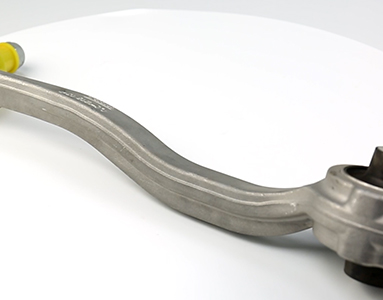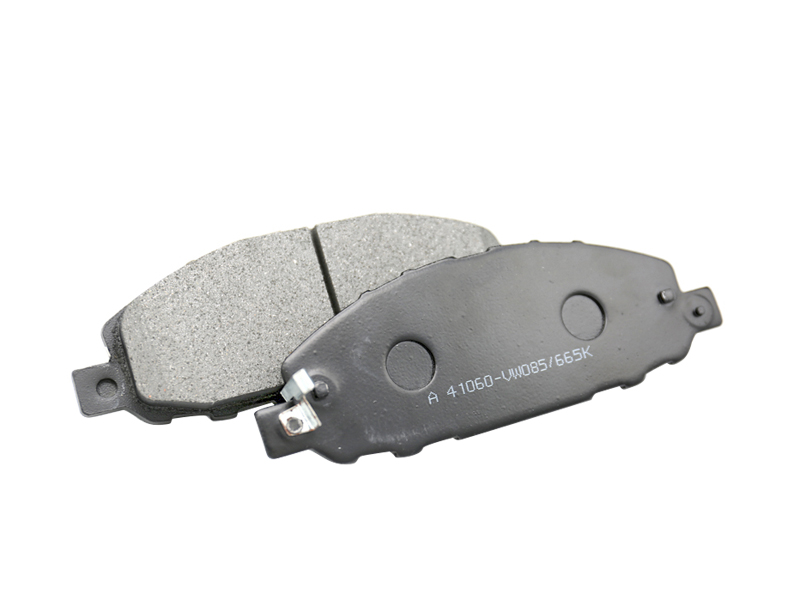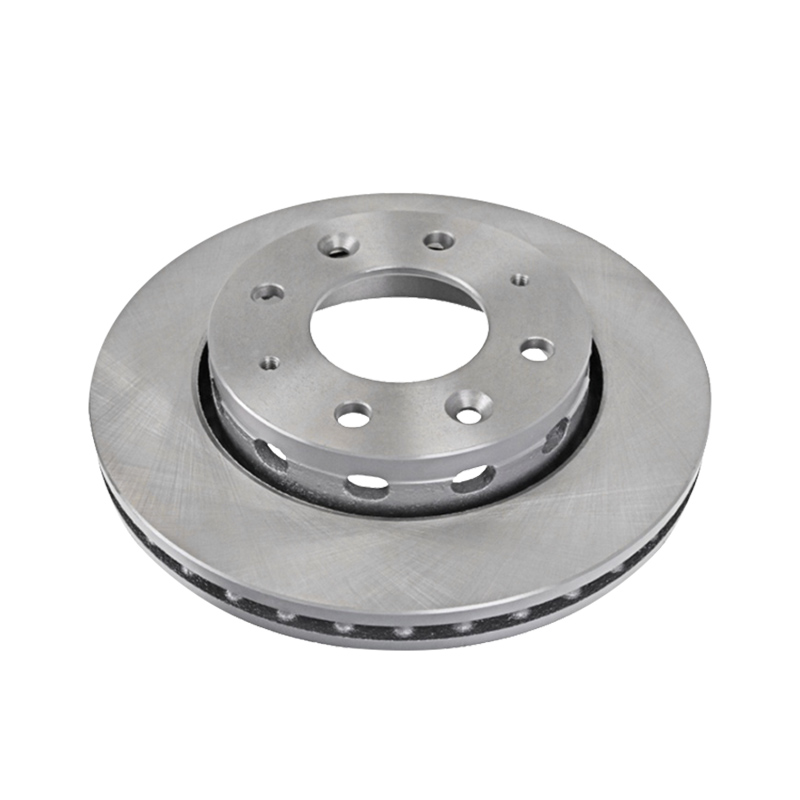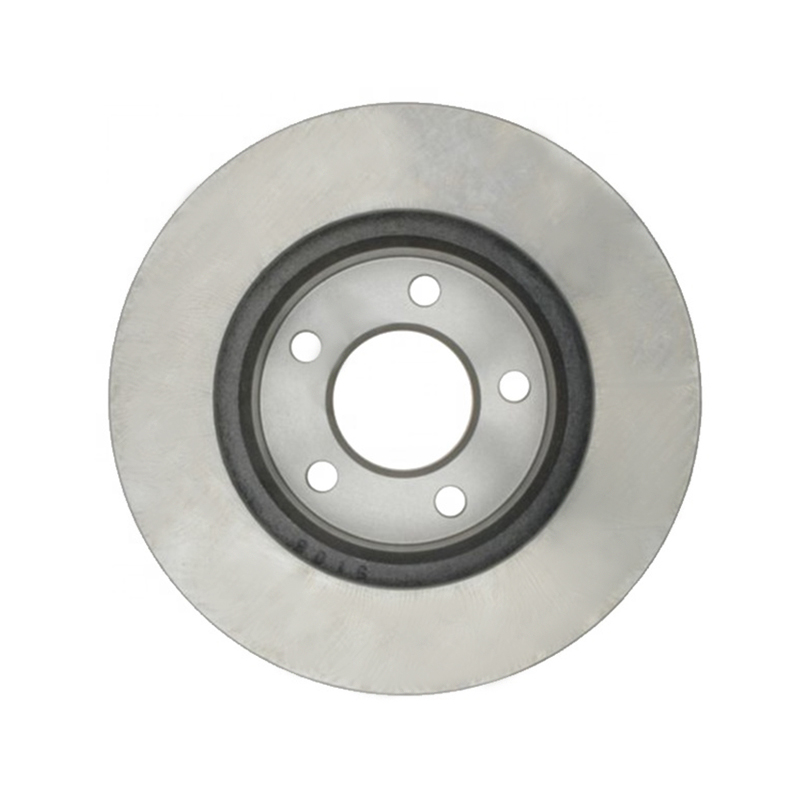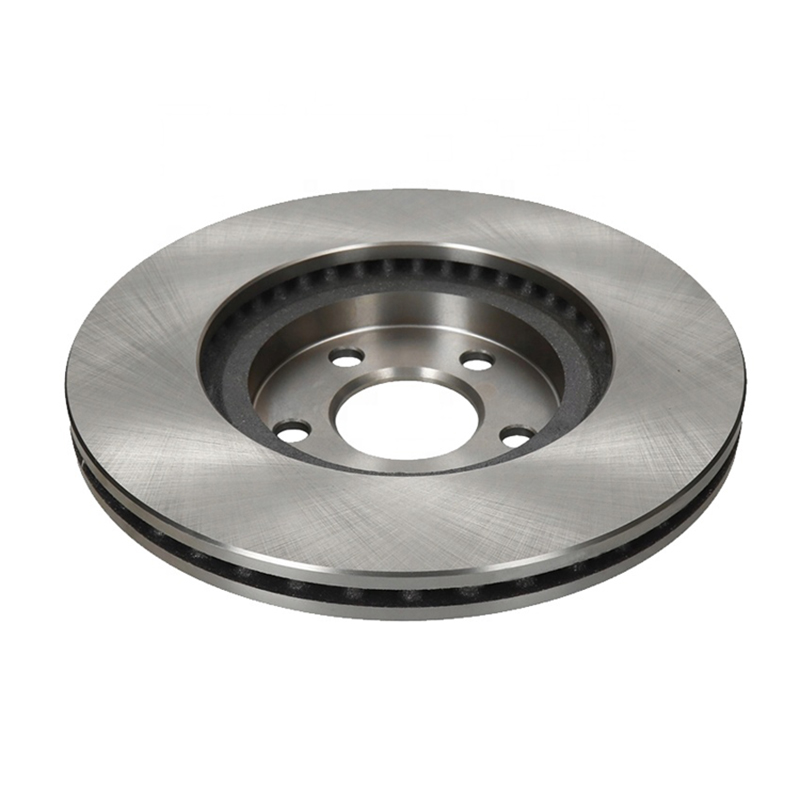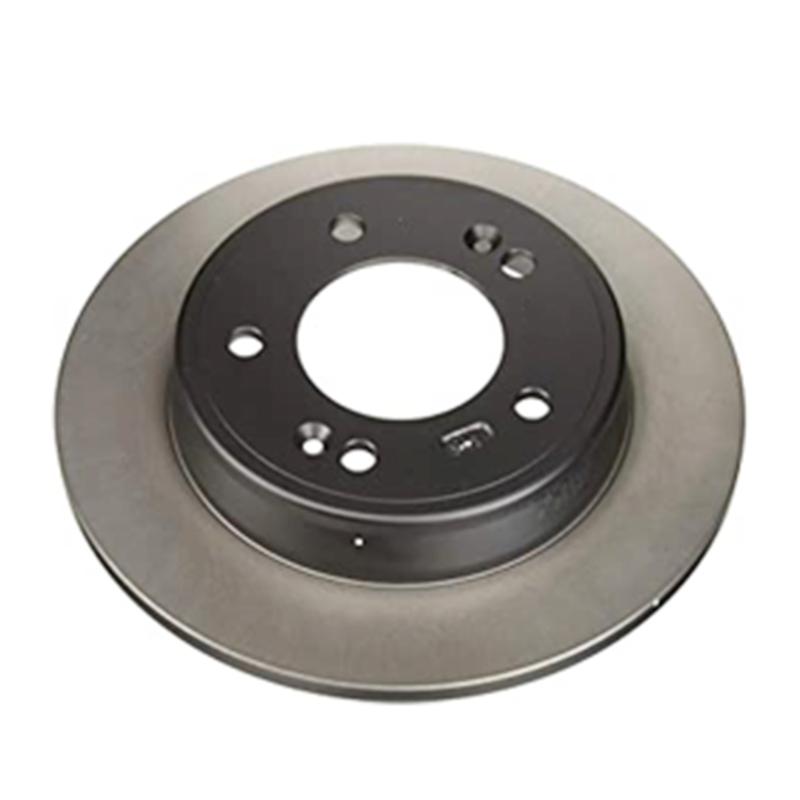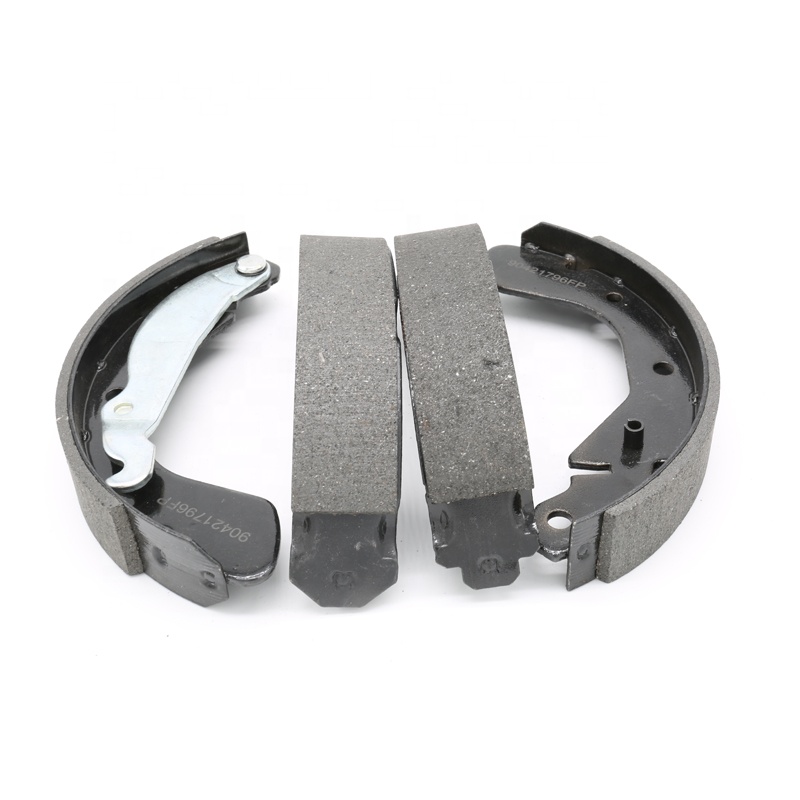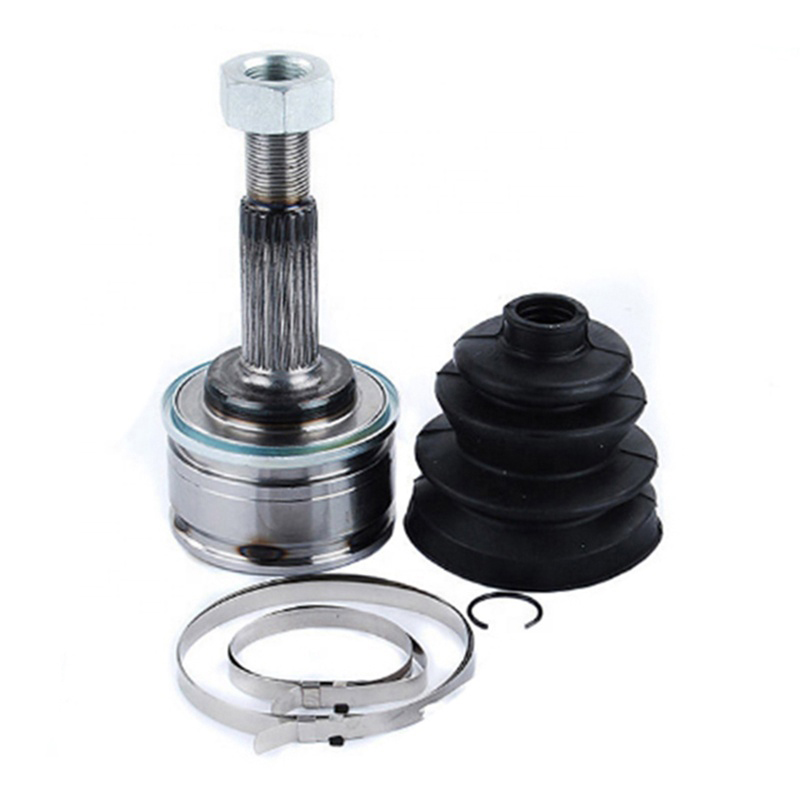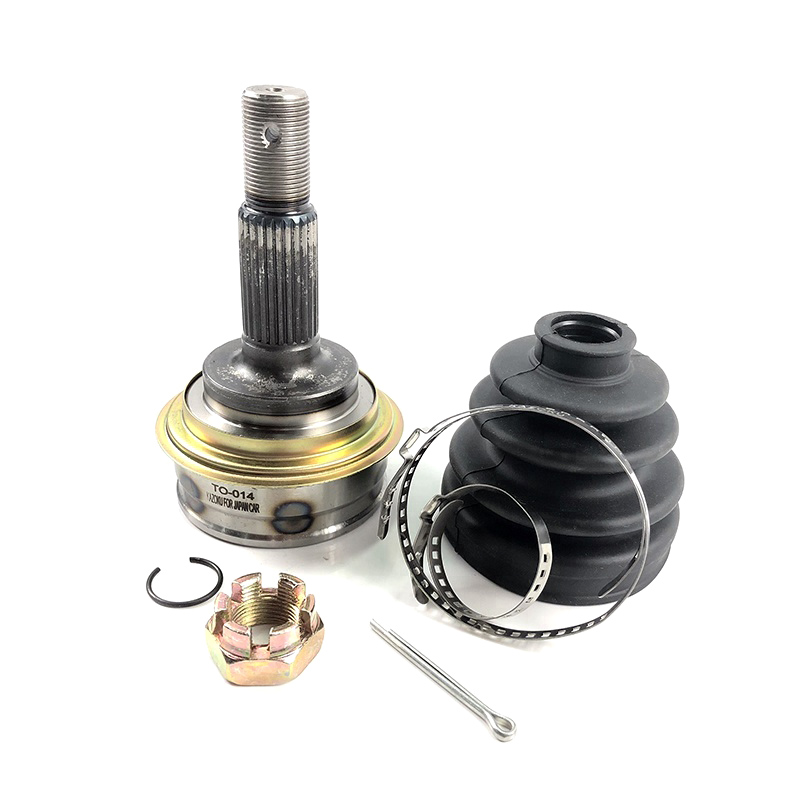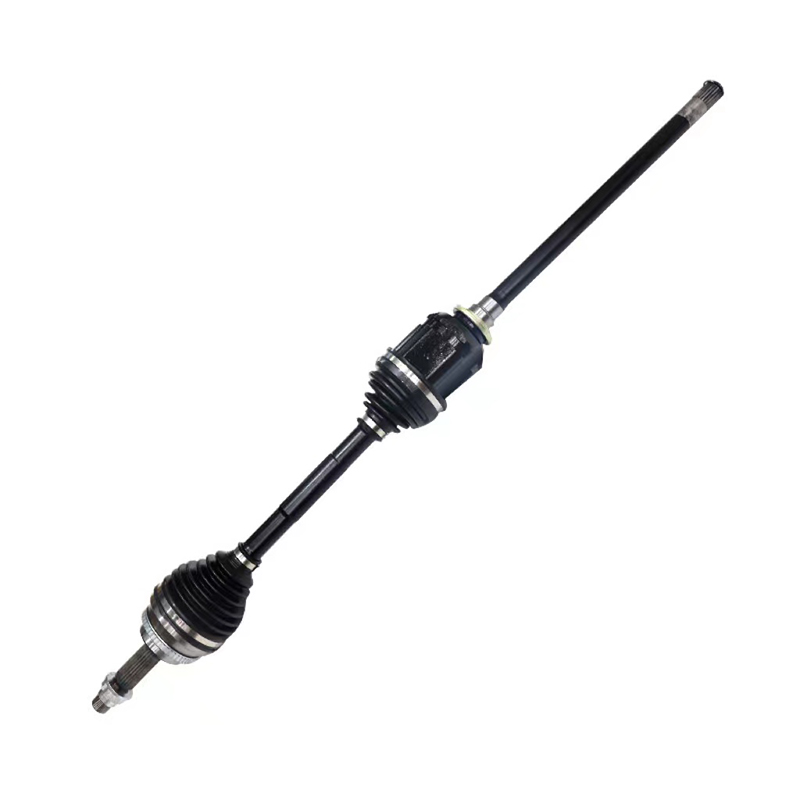Balancing
drive shafts is a critical aspect of ensuring the smooth and efficient operation of a vehicle's drivetrain. Drive shaft balancing is essential for several reasons:
Vibration Reduction:
Unbalanced drive shafts can lead to vibrations in the vehicle, which can be felt by occupants and may cause discomfort. Balancing helps minimize these vibrations, providing a smoother and more comfortable ride.
Component Longevity:
Excessive vibrations resulting from an unbalanced drive shaft can lead to increased wear and tear on various drivetrain components, including universal joints, bearings, and suspension components. Balancing helps extend the life of these components.
Drivetrain Stability:
A balanced drive shaft contributes to the overall stability and performance of the drivetrain. It helps maintain consistent power transmission, reducing the likelihood of issues such as driveline vibrations and noise.
Reduced Stress on Bearings and Joints:
Unbalanced drive shafts subject the bearings and universal joints to uneven forces, leading to increased stress and wear. Balancing ensures that these components operate under more uniform conditions, reducing the risk of premature failure.
Improved Fuel Efficiency:
Vibrations caused by unbalanced drive shafts can negatively impact fuel efficiency. By minimizing vibrations, balancing helps optimize the efficiency of the drivetrain, contributing to better fuel economy.
Enhanced Safety:
Excessive vibrations in a vehicle can affect its handling and stability. A balanced drive shaft helps maintain proper vehicle dynamics, contributing to overall safety and control.
Prevention of Driveline Issues:
Balanced drive shafts play a crucial role in preventing driveline-related issues, such as resonance, noise, and driveline shudder. These issues can arise when the components experience vibrations that are not properly addressed through balancing.
Comfort for Occupants:
Balanced drive shafts contribute to a smoother and quieter ride, enhancing the overall comfort for vehicle occupants. This is particularly important for passenger vehicles where comfort is a key consideration.
Balancing Process:
Drive shaft balancing is typically achieved through dynamic balancing, which involves the following steps:
Identification of Imbalances:
The drive shaft is tested to identify any imbalances. This is often done using specialized equipment that measures vibrations and identifies areas of imbalance.
Placement of Counterweights:
Counterweights are strategically added to the drive shaft to offset the imbalances identified in the testing phase. These counterweights are carefully placed to achieve a balanced configuration.
Re-Testing and Fine-Tuning:
After the counterweights are added, the drive shaft is re-tested to ensure that the vibrations are within acceptable limits. Fine-tuning may be performed to achieve optimal balance.
Quality Control:
The balanced drive shaft undergoes quality control checks to ensure that it meets specified tolerances and standards.
Balancing drive shafts is an integral part of the manufacturing process and is also performed during maintenance or repairs to address any imbalances that may occur over time. Proper balancing contributes to the overall performance, safety, and longevity of a vehicle's drivetrain components.
